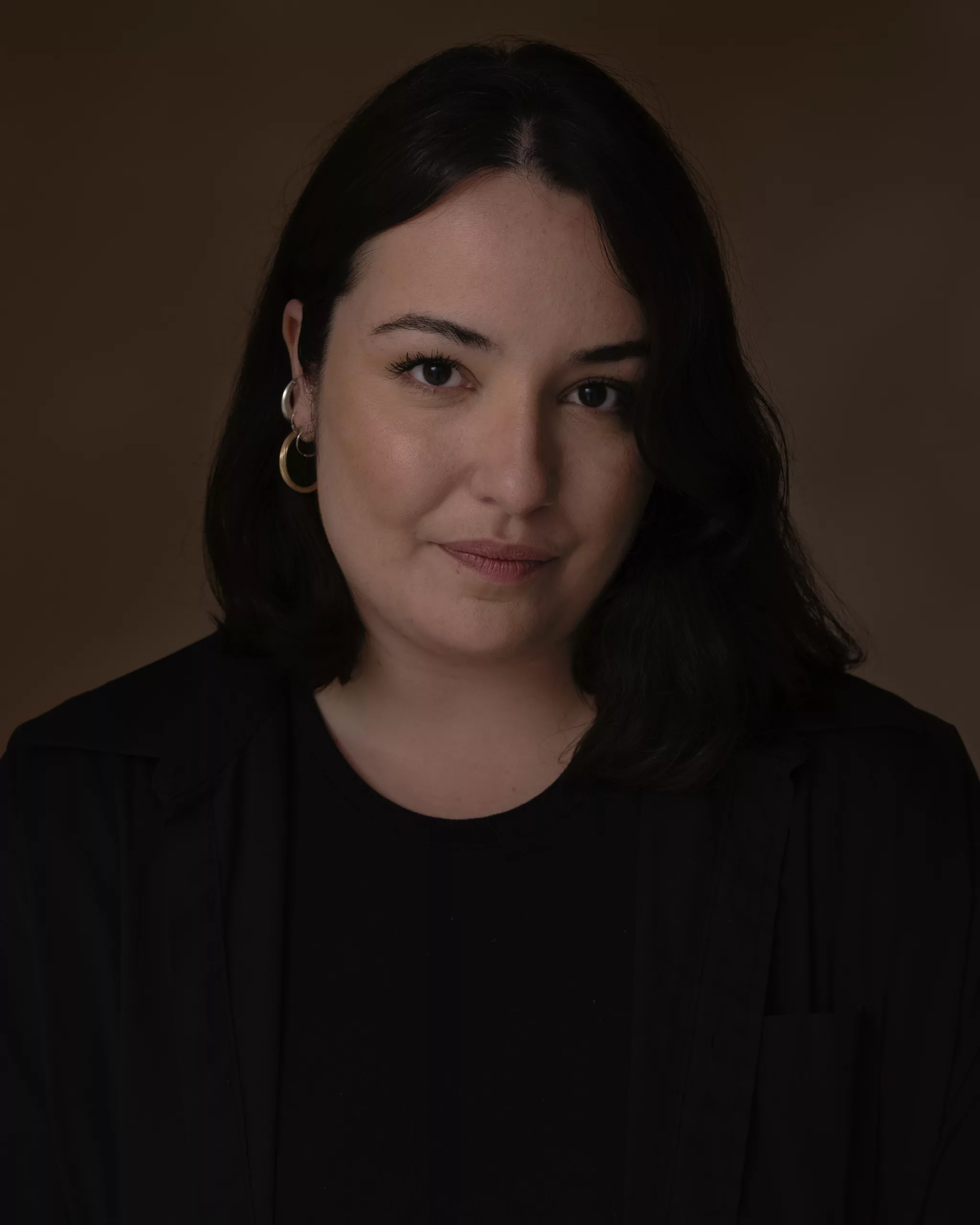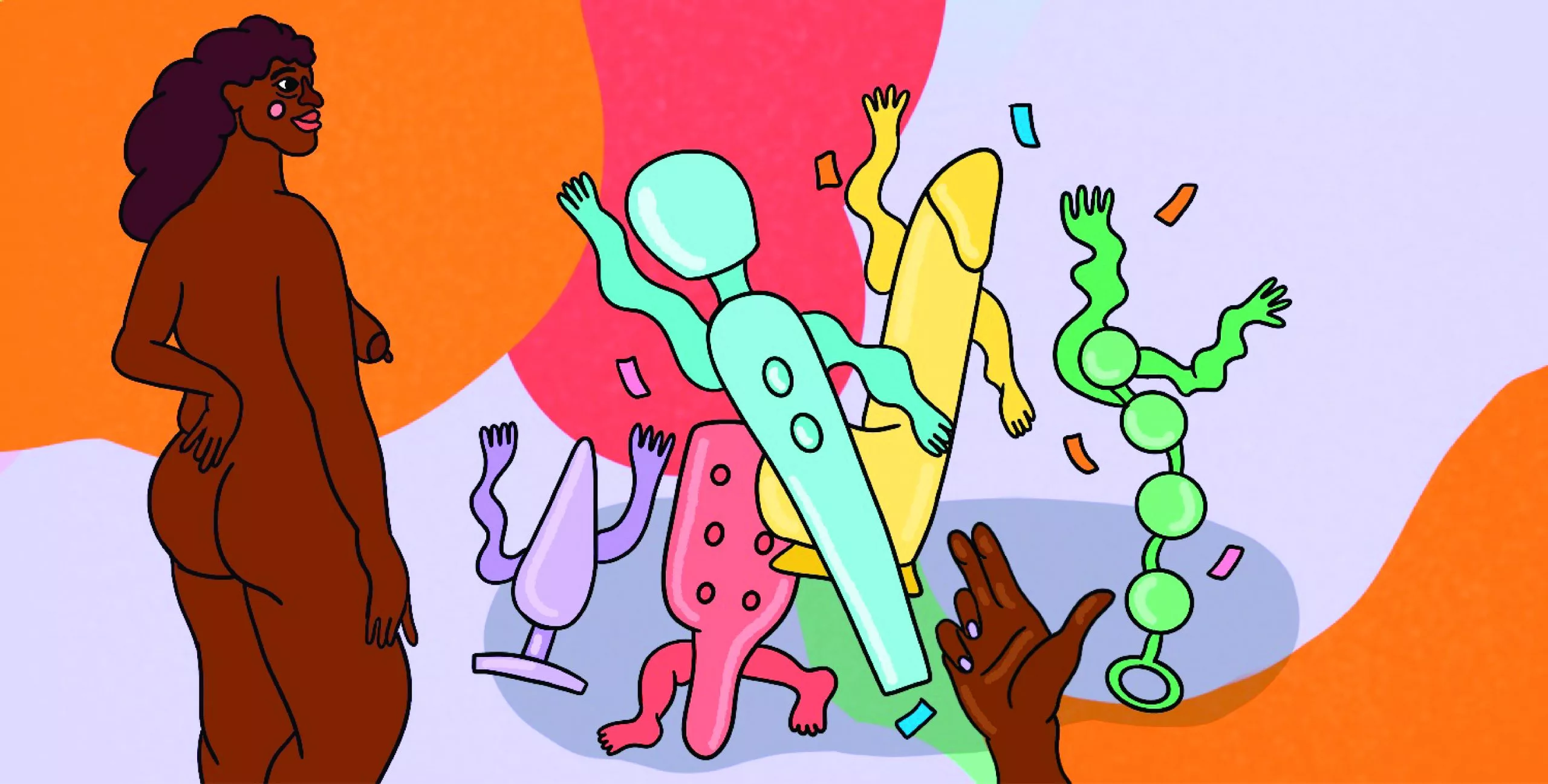Your cart is currently empty!

Can Asexual People Be in a Relationship?
According to popular belief, an asexual person can only be in a relationship with another asexual person, or more specifically, with someone who falls at the exact same spot as them on the asexuality spectrum. The truth is, however, that asexuality and aromanticism are two different concepts. Can we be in a relationship if we are asexual? This is the question I asked Vanessa, Hélène, Vincent, and Arnaud.*
“My biggest turn-on isn’t seeing someone come out of the shower completely naked. It’s talking with someone for hours.”
Vanessa, who has been in a relationship with her partner since grade 11, has long thought that her libido was simply lower than that of the man with whom she shares her life. Last summer, she realized she was actually demisexual, which is an orientation on the asexuality spectrum that corresponds to only being sexually attracted to people with whom one has developed a strong emotional connection. It was while reading the book ACE that she finally found the words to explain how she felt.

People should also know that being asexual doesn’t necessarily mean being aromantic. While asexuality refers to the absence or near absence of sexual desire for others, aromanticism is the absence or near absence of romantic attraction or desire to be in a romantic relationship. An asexual person can therefore absolutely want to be in a relationship, as is Vanessa’s case.
After 17 years of monogamy, Vanessa and her partner, neither of whom had ever had sex with anyone else, decided to open up their relationship. By giving one night stands a try, the young woman quickly realized that her sexual attraction depended on the connection she had with her partners.
“It’s always been this way with my boyfriend,” she says. “Whenever I feel as though we’re growing apart, my desire for him plummets. But when we communicate, then I want him. And since it’s the total opposite for him, we quickly realized that opening up our couple was the only way it could work for us.”
While her partner needs to have sexual experiences with other people without forming an emotional attachment, she needs to first form an important emotional bond to even want to have sex, whether it’s with her boyfriend or with other partners.
“Since we’ve opened up our relationship and we discovered that I was demisexual, we are constantly deconstructing things together,” she says. “My boyfriend definitely finds it difficult to see me get attached to other people because he doesn’t get attached to his other sexual partners.”
Vanessa explains that, even though she develops feelings for the person she’s seeing, she knows she won’t build a life with them. But that doesn’t stop her from caring about and being affectionate with that person. And how is this couple faring through it all? Very well. Better than ever, actually.
“We tend to think of desire as quantifiable, a bit like a pie that you have to separate into smaller and smaller pieces as you have more and more partners,” she says. “At first, my boyfriend thought that if I distributed my desire across several people, I’d have less for him. But that’s really not how I see it. It actually helps me grow and blossom. And when I feel fulfilled, I want to share that energy with my boyfriend. It nourishes our relationship.”
Two or more asexual people, together
Hélène identifies as greysexual: she sometimes feels a little bit of sexual attraction. Vincent identifies as aegosexual, which means that, while he has sexual fantasies, he has no desire to have partnered sex. The couple met on the Facebook group Asexuel.le.s du Québec.
In the spring of 2021, after video-chatting two or three times, Hélène suggested that they meet in person and go for a walk—the first of many that would mark the beginnings of their relationship. At the time, Hélène, polyamorous, had been sharing her life with another man, also asexual, for three years.
“We have phases, like any couple, where we feel like taking showers together, kissing, cuddling more than usual, and when our libido awakens, we sometimes take things a little further. But most of the time, we’re more intimate than sexual,” says Vincent, who mentions that he and Hélène have tried having sex together, though mainly out of curiosity. There is no doubt about the affection and love they have for each other: the couple lives their love life, which is peppered with intimacy, but very rarely with sexuality, very well. This is also one of the things that makes Vincent feel secure.
“Before I was with Hélène, I was always afraid that my partner would think that I wanted to make love when I kissed her passionately,” he says. “With Hélène, we know each other’s boundaries and we can fully experience what we want without ever fearing the other’s intentions.”
But does their relationship only work because they are both on the asexuality spectrum? Not necessarily. “I think that, with polyamory, and depending on where the person is on the asexuality spectrum, it’s quite possible for an asexual person to be in a relationship with a ‘sexual’ person,” says Hélène.
Heterosexual and madly in love with an asexual woman
This is Arnaud’s case, who has always considered himself to be a very sexual person. It didn’t stop him from falling madly in love with a woman who isn’t sexual at all. Just a few online exchanges with Marie* were enough for him to make him want to meet her. He quickly realized that he wanted to be in a relationship with her.
During the first few months of their relationship, Arnaud and Marie had a rather active sex life, even if Arnaud felt that Marie wasn’t entirely comfortable with the situation.
“She told me she was asexual and that she probably wouldn’t be able to meet all my needs,” explains Arnaud, who was by his girlfriend’s side during her coming out. While he didn’t know what asexuality was at the time, he has since been very happy to know that the one he loves has finally been able to put a word to how she feels.
“It’s helped me to understand that her lack of sexual desire wasn’t specific to me and it also helped me to feel less guilty and to stop thinking that I was doing something wrong,” he says.
After nearly two years of being together, Arnaud and Marie are contemplating the idea of opening up their relationship so that Arnaud can pursue sexual experiences and have his sexual needs met still while nurturing his relationship and respecting Marie’s boundaries. While they’re still treading into the unknown, one thing feels certain: Arnaud wants to continue to be part of Marie’s life for a long time to come.
Do you have any questions about asexuality? There are several resources and forums out there to help you see more clearly, including organizations like Alterheros and Interligne, and Facebook groups such as Asexual ACES and Non-Binary Gender & Aro/Ace Spectrum.
*First names have been changed.
-
Copulsky, D., & Hammack, P. L. (2021). Asexuality, graysexuality, and demisexuality: Distinctions in desire, behavior, and identity. The Journal of Sex Research, 1–10. https://doi.org/10.1080/00224499.2021.2012113
Fairbrother, N., Hart, T. A., & Fairbrother, M. (2019). Open relationship prevalence, characteristics, and correlates in a nationally representative sample of Canadian adults. The Journal of Sex Research, 56(6), 695–704. https://doi.org/10.1080/00224499.2019.1580667
Gates, G. J. (2011). How many people are lesbian, gay, bisexual and transgender?. UCLA: The Williams Institute. https://escholarship.org/uc/item/09h684X2
Impett, E. A., Peplau, L. A., & Gable, S. L. (2005). Approach and avoidance sexual motives: Implications for personal and interpersonal well-being. Personal Relationships, 12, 465–482. https://doi.org/10.1111/j.1475-6811.2005.00126.x
O’Sullivan, L. F., & Allgeier, E. R. (1998). Feigning sexual desire: Consenting to unwanted sexual activity in heterosexual dating relationships. The Journal of Sex Research, 35(3), 234–243. https://doi.org/10.1080/00224499809551938
Séguin, L. J. (2019). The good, the bad, and the ugly: Lay attitudes and perceptions of polyamory. Sexualities, 22(4), 669–690. https://doi.org/10.1177/1363460717713382
Sprecher, S., Hatfield, E., Cortese, A., Potapova, E., & Levitskaya, A. (1994). Token resistance to sexual intercourse and consent to unwanted sexual intercourse: College students’ dating experiences in three countries. Journal of Sex Research, 31(2), 125–132. https://doi.org/10.1080/00224499409551739
Waite, S., & Denier, N. (2019). A research note on Canada’s LGBT data landscape: Where we are and what the future holds. Canadian Review of Sociology, 56(1), 93–117. https://doi.org/10.1111/cars.12232

While asexuality is increasingly being talked about, the full spectrum behind this term is still relatively absent from everyday conversations. Consequently, in addition to coming out, asexual people often find themselves having to explain all the nuances.

If reading this article has piqued your curiosity, there’s an episode of our podcast, À quoi tu jouis?, that explores the broad spectrum of asexuality. (available in French only).






